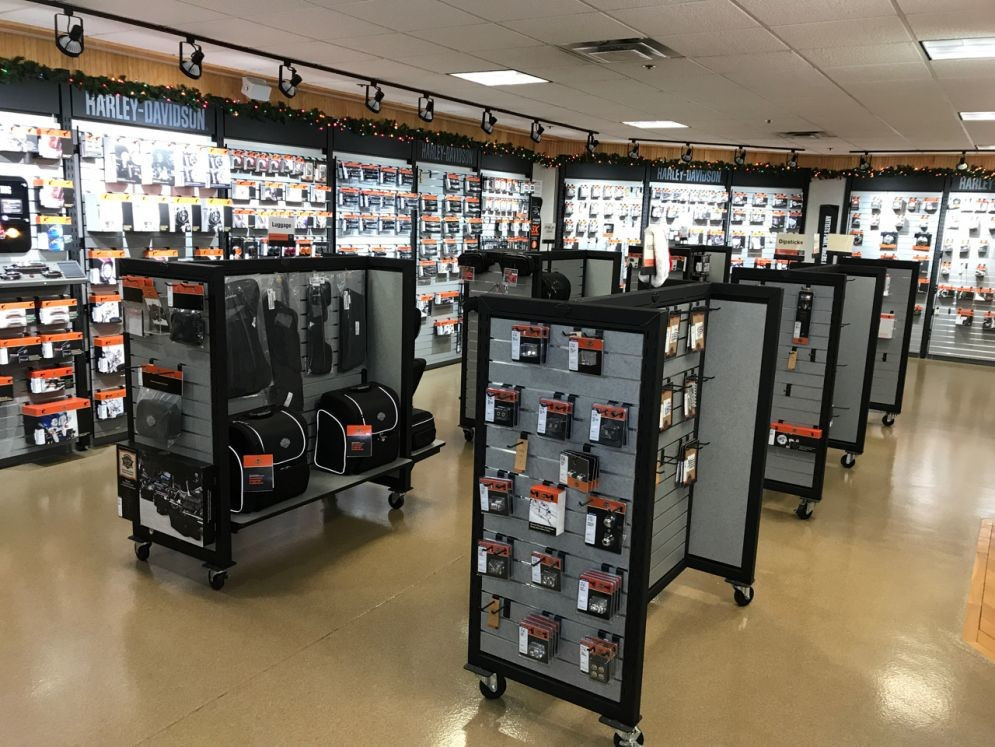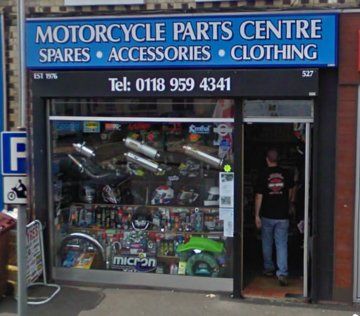Discover the Latest Motocross Gear NZ for Every Level of Rider
Discover the Latest Motocross Gear NZ for Every Level of Rider
Blog Article
Understanding the Vital Parts of a Bike: A Comprehensive Overview for Enthusiasts
For motorcycle enthusiasts looking to elevate their riding experience and guarantee their bikes run efficiently, recognizing the vital parts of a bike is critical. Each component, from the engine's detailed operations to the crucial role of the braking systems, not only impacts performance yet also safety and comfort.
Engine Components

The camshaft plays an important role in controlling the timing of the engine's valves, ensuring the precise opening and closing necessary for effective fuel and air consumption, in addition to exhaust expulsion. This timing is vital to maintaining ideal engine efficiency and efficiency. In addition, the carburetor or fuel shot system, depending on the bike design, is accountable for blending air with fuel in the correct proportion for burning.
The cooling system, either air or liquid-based, functions to maintain the engine's temperature level within functional limits, protecting against getting too hot and ensuring durability - motocross gear. Each part, thoroughly designed and integrated, contributes to the smooth procedure of the engine, defining the bike's power result and total performance
Transmission System
Indispensable to the motorbike's capability, the transmission system ensures reliable power transfer from the engine to the wheels. This system consists of numerous important parts, consisting of the clutch, transmission, and last drive, each playing a crucial function in converting the engine's power right into activity. The clutch, typically operated by a hand bar, offers to disengage the engine and engage from the transmission, enabling smooth equipment adjustments and regulated velocity.
The gearbox, typically referred to as the transmission proper, includes a set of equipments that riders can by hand change via to change the bike's speed and torque outcome. These gears are prepared in a series that enables the motorcycle to speed up efficiently and keep optimum engine efficiency across numerous speeds. The majority of motorbikes use a sequential transmission, requiring the motorcyclist to move gears in a fixed order.
Braking Devices
While understanding the transmission system is vital to using a motorbike's power, equally essential is the ability to regulate and quit that power successfully, which is where stopping systems come into play. Brakes are crucial for security and performance, giving the motorcyclist with the required control to browse different terrains and problems. Normally, motorcycles include 2 kinds of stopping systems: disc brakes and drum brakes.
Disc brakes are a lot more prevalent in contemporary bikes due to their exceptional performance. This system supplies better warmth dissipation, consistent performance, and boosted stopping power, particularly in damp conditions.
Conversely, drum brakes, though much less usual, are still found in some motorcycles. They function by pushing brake shoes against the internal surface of a drum connected to the wheel. While usually much less efficient in heat dissipation and quiting power, drum brakes are less complex and a lot more cost-effective.
Comprehending these stopping systems' subtleties allows bikers to preserve their motorbikes correctly and value the design that makes sure effective and risk-free quiting.
Suspension and Guiding
Suspension and guiding systems are crucial elements that significantly affect Bonuses a motorcycle's handling and experience convenience. The shock absorber, containing forks at the front and shock absorbers at the rear, takes in road irregularities, enhancing security and control. Front forks, upside down or commonly telescopic, compress and rebound to reduce influences, while back shock absorbers preserve tire contact with the roadway, vital for grip and safety and security.
Guiding, centered around the handlebars, links the motorcyclist to the motorbike's directional control. The steering head bearings guarantee smooth procedure, permitting specific ability to move. Appropriate placement and maintenance of these bearings are vital for foreseeable steering action and reducing biker fatigue.
The suspension's adjustability is an additional crucial aspect; preload, damping, and rebound settings allow modification to fit various riding conditions and designs. This flexibility is essential for optimizing efficiency, whether browsing city streets or taking on rugged trails. Developments like digital shock absorber offer real-time adjustments, boosting experience quality across diverse surfaces.

Electrical Solutions
After guaranteeing a smooth and regulated adventure through reliable suspension and steering systems, attention transforms to the electrical systems, an essential aspect of contemporary motorcycles. These systems play a critical role not only in beginning the engine however also in powering numerous elements that enhance the capability and safety of the motorcycle.
At the heart of a bike's electrical system is the battery, which shops electric power required for beginning the engine and powering supporting systems - motocross parts nz. The generator or generator, paired with the rectifier-regulator, ensures the battery continues to be charged while the bike is in operation, converting power have a peek at this site right into electrical power and maintaining voltage degrees
The ignition system, another important component, is accountable for igniting the air-fuel mixture in the engine's cyndrical tubes. Modern bikes often use a digital ignition system, offering better effectiveness and integrity contrasted to standard systems.
Illumination systems, consisting of headlights, tail lights, and indicators, are likewise essential, ensuring exposure and safety for the biker. Additional electronic components such as sensors, control devices, and displays add to sophisticated attributes like fuel injection administration, anti-lock braking systems (ABDOMINAL), and electronic you could try these out control panels, additionally boosting the riding experience.
Verdict
A detailed comprehension of a motorcycle's important parts, consisting of the engine, transmission system, braking systems, suspension, guiding, and electric systems, is vital for enthusiasts aiming to optimize safety and security, efficiency, and comfort. Mastery of these aspects enables informed decisions relating to upkeep and upgrades, eventually improving the riding experience. By incorporating this expertise, bikers can guarantee their bikes operate at peak effectiveness and reliability, thus making best use of both pleasure and longevity of their cars.
For motorcycle fanatics looking to boost their riding experience and ensure their bikes run efficiently, comprehending the vital parts of a motorbike is paramount.Integral to the motorbike's capability, the transmission system ensures effective power transfer from the engine to the wheels.While recognizing the transmission system is essential to using a bike's power, equally essential is the capability to regulate and stop that power efficiently, which is where braking mechanisms come right into play. Commonly, motorcycles feature two types of braking systems: disc brakes and drum brakes.
An extensive comprehension of a bike's essential components, including the engine, transmission system, braking mechanisms, suspension, steering, and electric systems, is important for lovers aiming to optimize safety, comfort, and performance.
Report this page